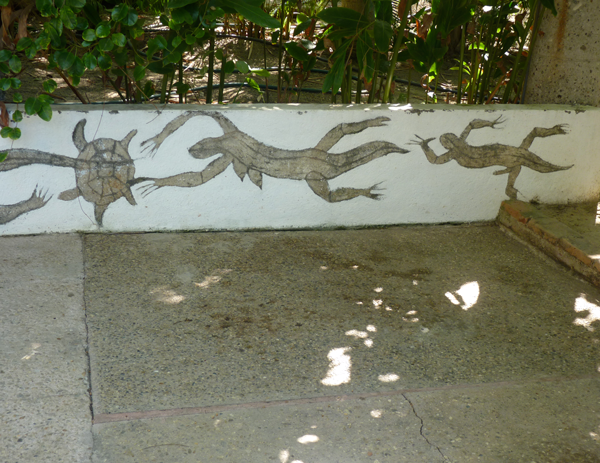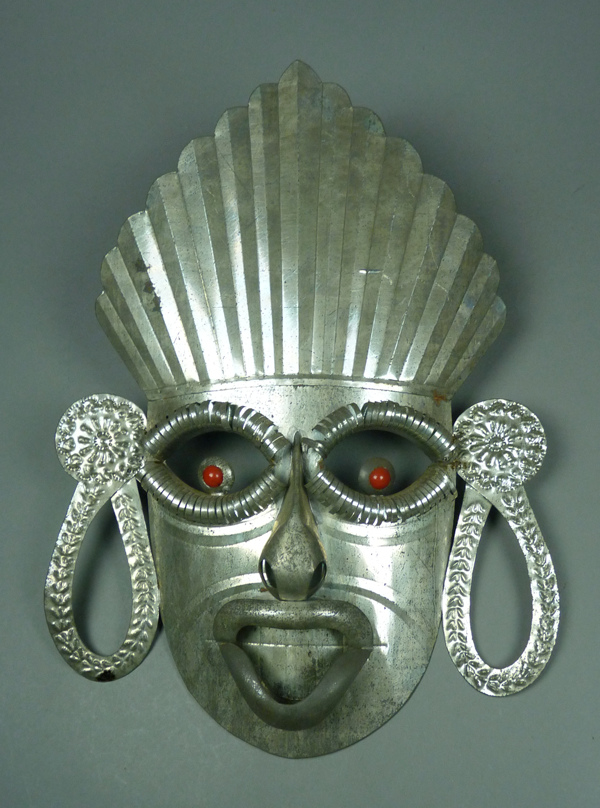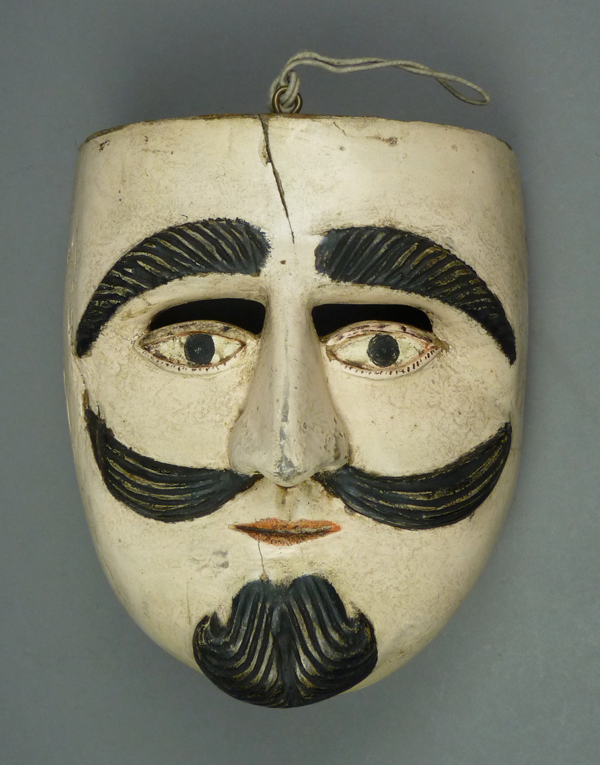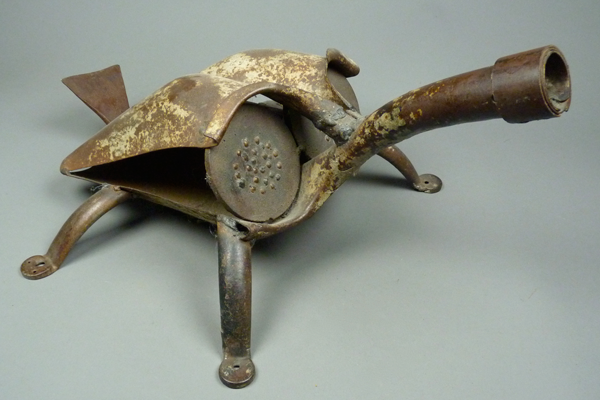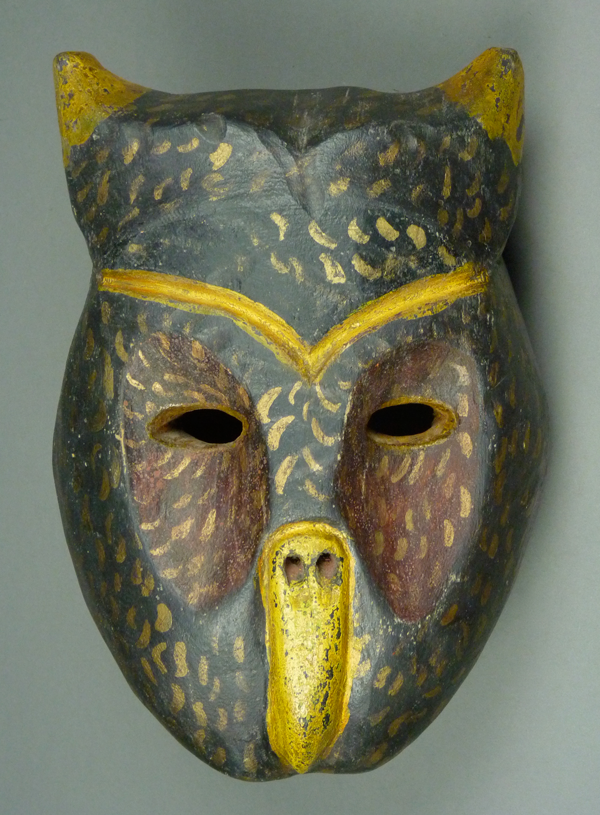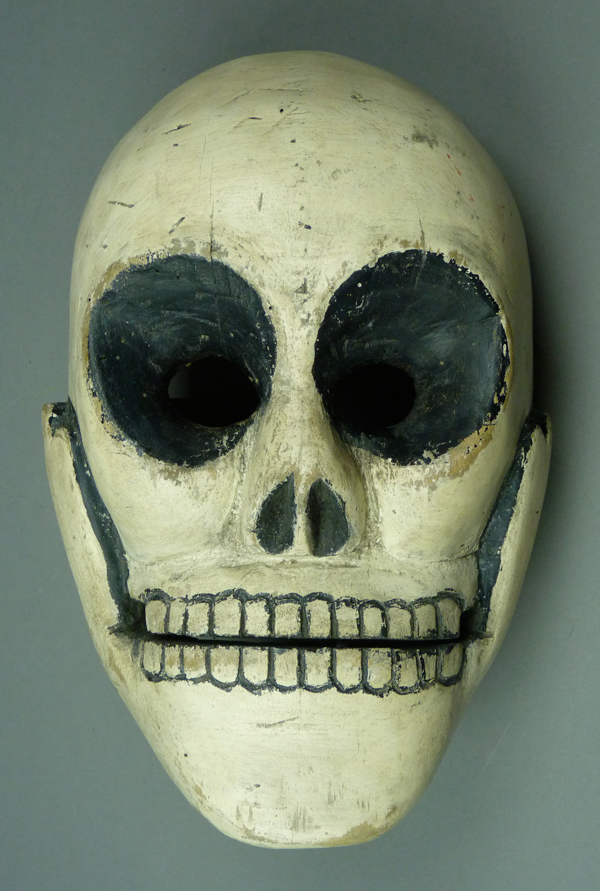In the last two posts we have examined Fariseo masks from San Luis Potosí, such as skulls, demons, and devils, that were obvious representations of negative figures. But I threw in a bishop (Obispo), to include a potentially positive figure who had evidently turned bad. As Janet Esser pointed out in her doctoral thesis, Winter Ceremonial Masks of the Tarascan Sierra, Michoacan, Mexico, there is an obvious theme in Mexican Indian dance dramas of good versus bad or beautiful versus ugly. One can also find this expressed in terms of insider versus outsider, normal versus deviant, or wise versus ignorant. Dances featuring such dichotomies appear to have the purpose of moral teaching, essentially illustrating culturally defined behavioral choices, but sometimes through the use of stereotypes that have nothing to do with choice, because they reflect ethnicity, nationality, victimization, mental illness or intellectual limitations. Stereotyping through such labels is becoming increasingly less acceptable in North America, although it was common in the past, when such images had been incorporated in this dance. Today’s post will feature masks that raise such issues, while those in next week’s post will present another group of masks with ambiguous meanings that are likely to have been associated with ignorance and associated impulsive behaviors. This is an arbitrary division on my part, to manage such a variety of masks that must all be ultimately meant to represent negative figures, in this dance context (portraying the enemies of Christ during Semana Santa).
Here is a mask of a Rey (king).
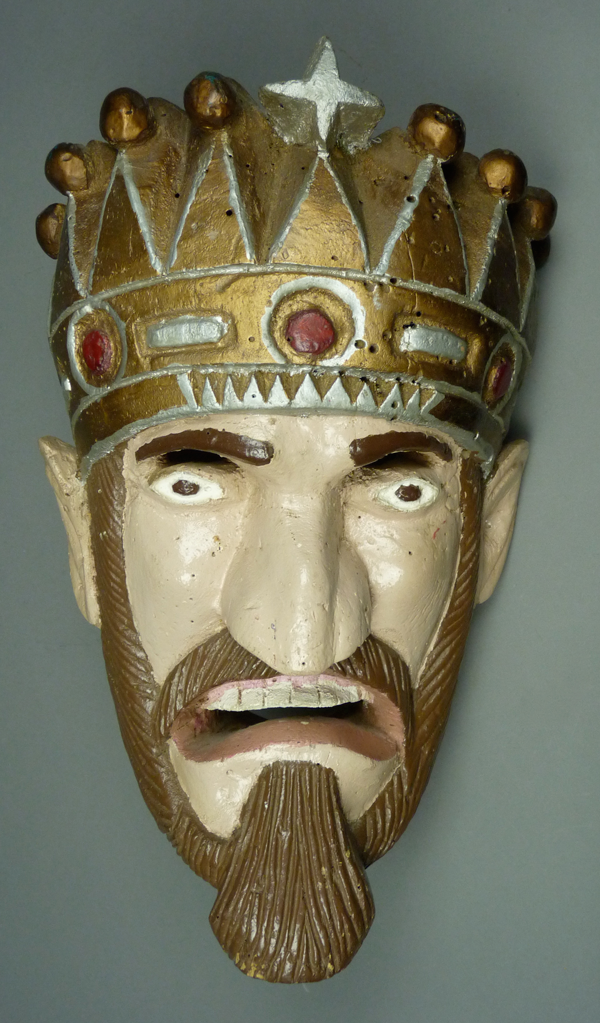
His expression is unfriendly, as if he is a malevolent figure—an evil king. On the other hand, he is wonderfully carved. There is a cross or star on his crown.
Continue Reading →


